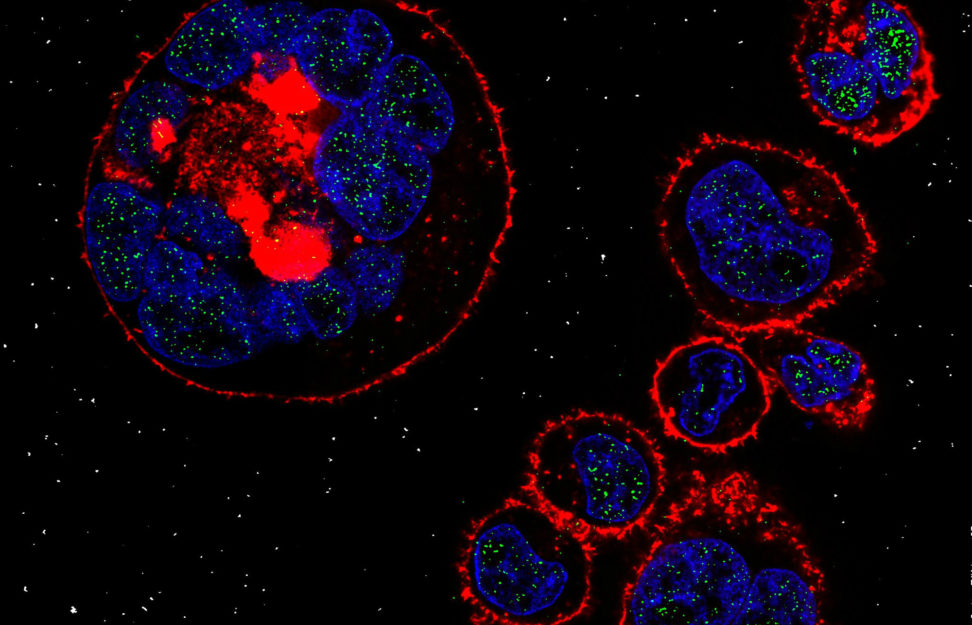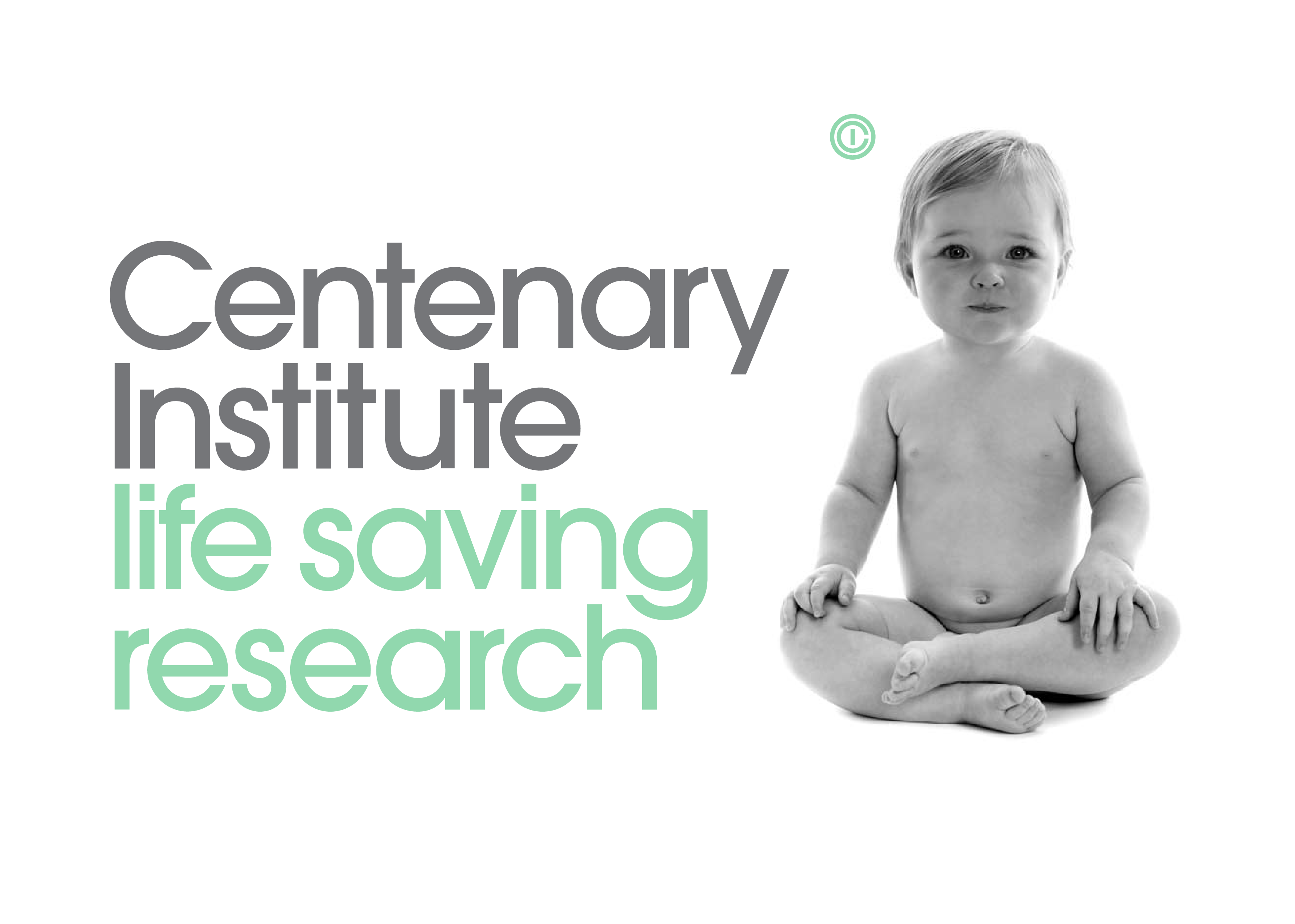GvHD – Graft vs Host Disease

Overall, it is a rare disease, as it can only develop after a stem cell transplant is performed. However, it has a high occurrence of 35-50% in those patients who have had stem cell transplantation.
GvHD occurs when donated bone marrow derived T-cells (the graft) recognize the host as foreign and attack the recipient’s body cells. It is categorised into two main types, acute which develops within the first 100 days of transplant and chronic which presents after the first 100 days. Patients may develop one type or both types at the same time.
Acute GvHD usually involves the skin, gastrointestinal tract, and liver. Chronic GvHD has affects many parts of the body, including the skin, mouth, eyes as well as the gastrointestinal tract, lungs and liver.
At Centenary our research is focused on understanding the clinical and genetic basis of GvHD. We use a range of cutting-edge approaches in regenerative medicine, the process of replacing or regenerating human cells, tissues or organs, to restore or establish normal function.
In a world first study used engineered cells to treat the 15 patients who were suffering from GvHD. These cells were developed to eliminate the need to rely on new donors to treat patients with GvHD and were extremely promising in helping suppress the immune attack taking place.
Critically, the results provided solid preliminary support for the key principle that these cells could be used safely and effectively in human beings. The successful therapeutic application of these stem cells for GvHD also opens the door to their potential use for other diverse inflammatory and immune-mediated diseases.
Professor John Rasko, Head of Gene and Stem Cell Therapy Program leads this research.
In a world first study used engineered cells to treat the 15 patients who were suffering from GvHD. These cells were developed to eliminate the need to rely on new donors to treat patients with GvHD and were extremely promising in helping suppress the immune attack taking place.
Critically, the results provided solid preliminary support for the key principle that these cells could be used safely and effectively in human beings. The successful therapeutic application of these stem cells for GvHD also opens the door to their potential use for other diverse inflammatory and immune-mediated diseases.
Professor John Rasko, Head of Gene and Stem Cell Therapy Program leads this research.

